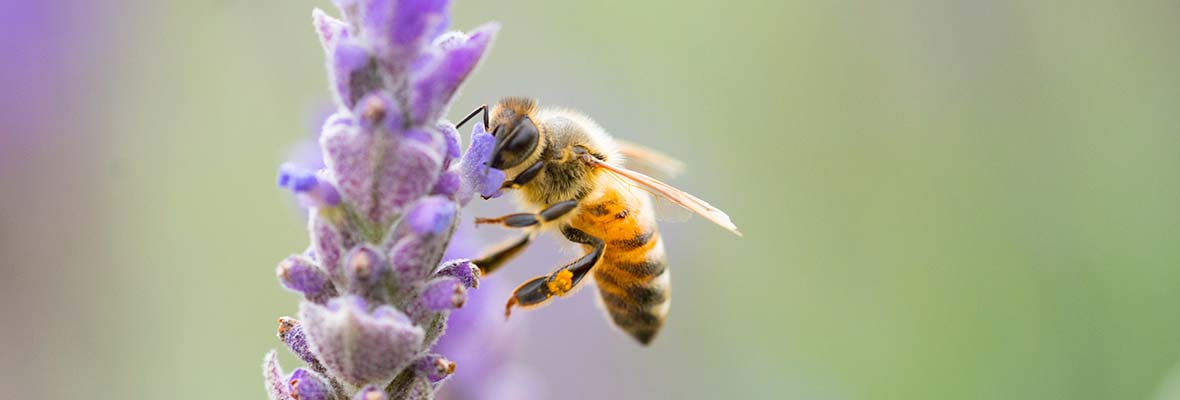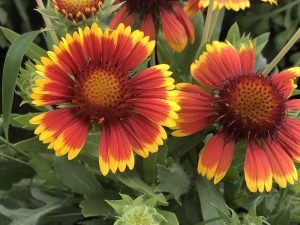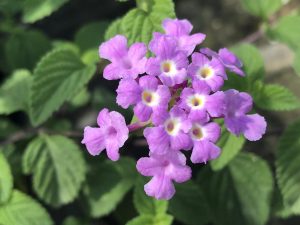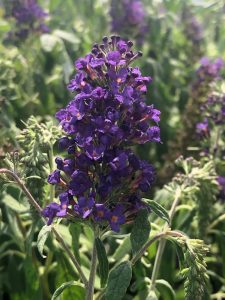
ATTRACT THE BEES
Bees are extremely important to the agriculture industry for crop pollination. Their health relies on the supply of pollen for protein and vitamins and nectar for energy. If we created the right habitat for these beautiful creatures, collectively, we could help save them. Here at Redland Farms we grow some of the plants that bees are attracted to the most.

Gaillardia
Gaillardia Aristata
Known also as blanket flower, Gaillardia is a native perennial with flowers that bloom throughout the summer and into the fall.
With it’s bright red center surrounded by yellow, the flowers are singled and grow on long stems above the long, soft, hairy leaves. There are many kinds of Gaillardia but we grow the Arizona Sun. Gaillardia’s are re-seeders, so if you see them pop up again don’t be shocked.
They can tolerate extreme heat and look their best once they are cut back when their color fades. Water a few times a week when soil is dry.
**Not intended for human consumption.

Lantana
Lantana Camara
The very fragrant Lantana comes in a ton of different colors, single and multi. Known for their rounded clusters of small flowers, they constantly produce nectar all summer long.
They can withstand hot/sunny weather growing up to 3 – 4 feet tall, this beauty grows all year round. Lantana watering needs all depend on species and region.
Many use this plant to brighten landscapes, gardens and of course to attract butterflies.
**Not intended for human consumption.

